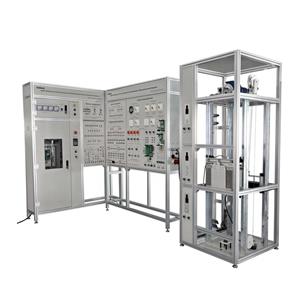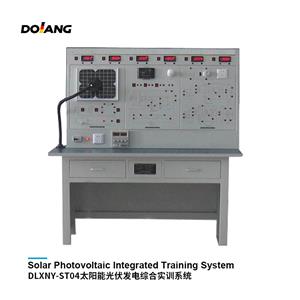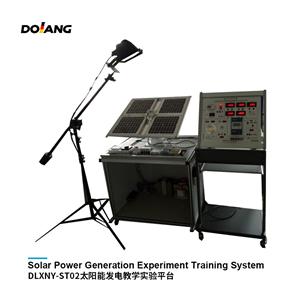Dolang collaborates with Siemens to hold training on the application of Siemens CNC system digital twin and programming operation
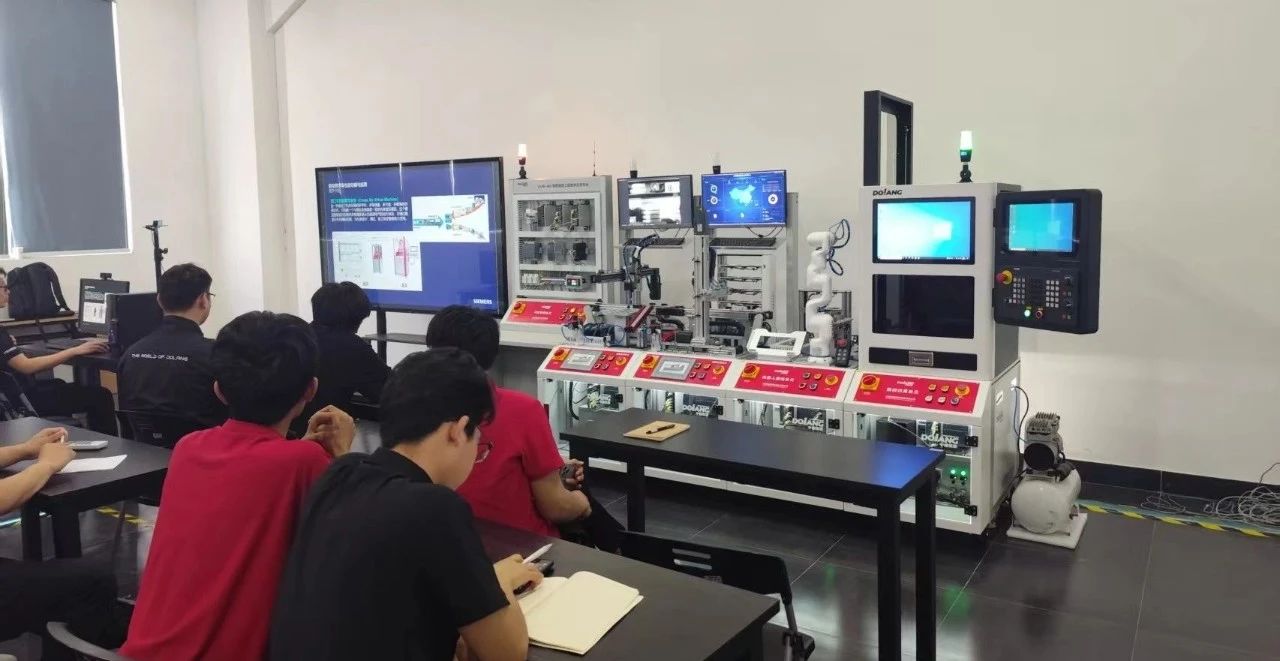
On May 15th, the "Siemens Numerical Control System Digital Twin and Programming Operation Application Training" jointly organized by Dolang and Siemens was successfully held. This training focuses on the world's leading Siemens CNC system (SINUMERIK), and through the combination of theory and practice, provides a platform for manufacturing enterprise employees, college teachers and students to improve and exchange technology, helping the industry's digital transformation and the cultivation of high skilled talents.
·Rich training content to strengthen practical skills
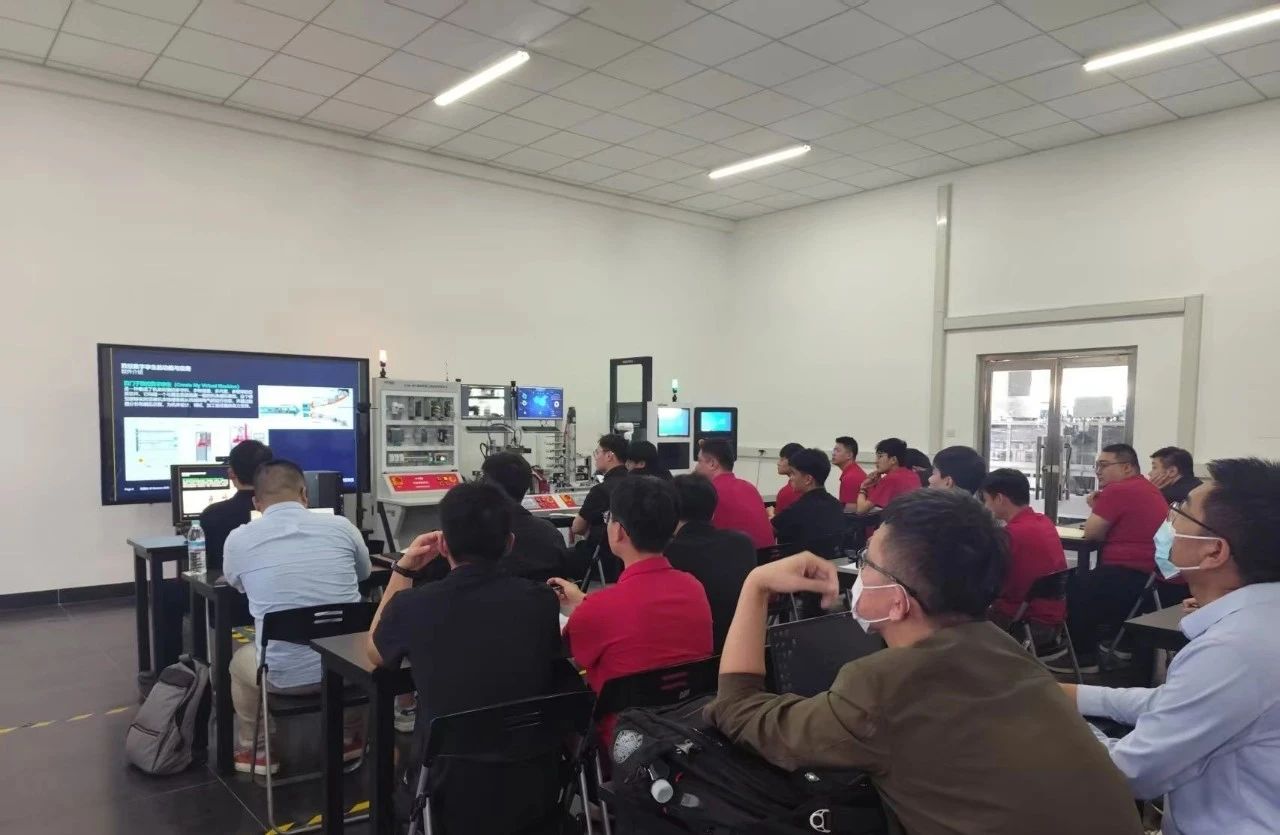
The training focuses on four core projects: introduction to Siemens CNC digital twin, teaching of milling application and operation of Siemens CNC system, programming based on G-code human-machine dialogue (program GUIDE) of Siemens CNC system, and comprehensive examples of milling processing. The content is rich and practical. During the training process, Siemens instructors combine theoretical explanations, case analysis, and on-site demonstrations to transform complex technical knowledge into easy to understand content, enabling students to quickly master key skills.
·Building a technical exchange platform through online and offline linkage
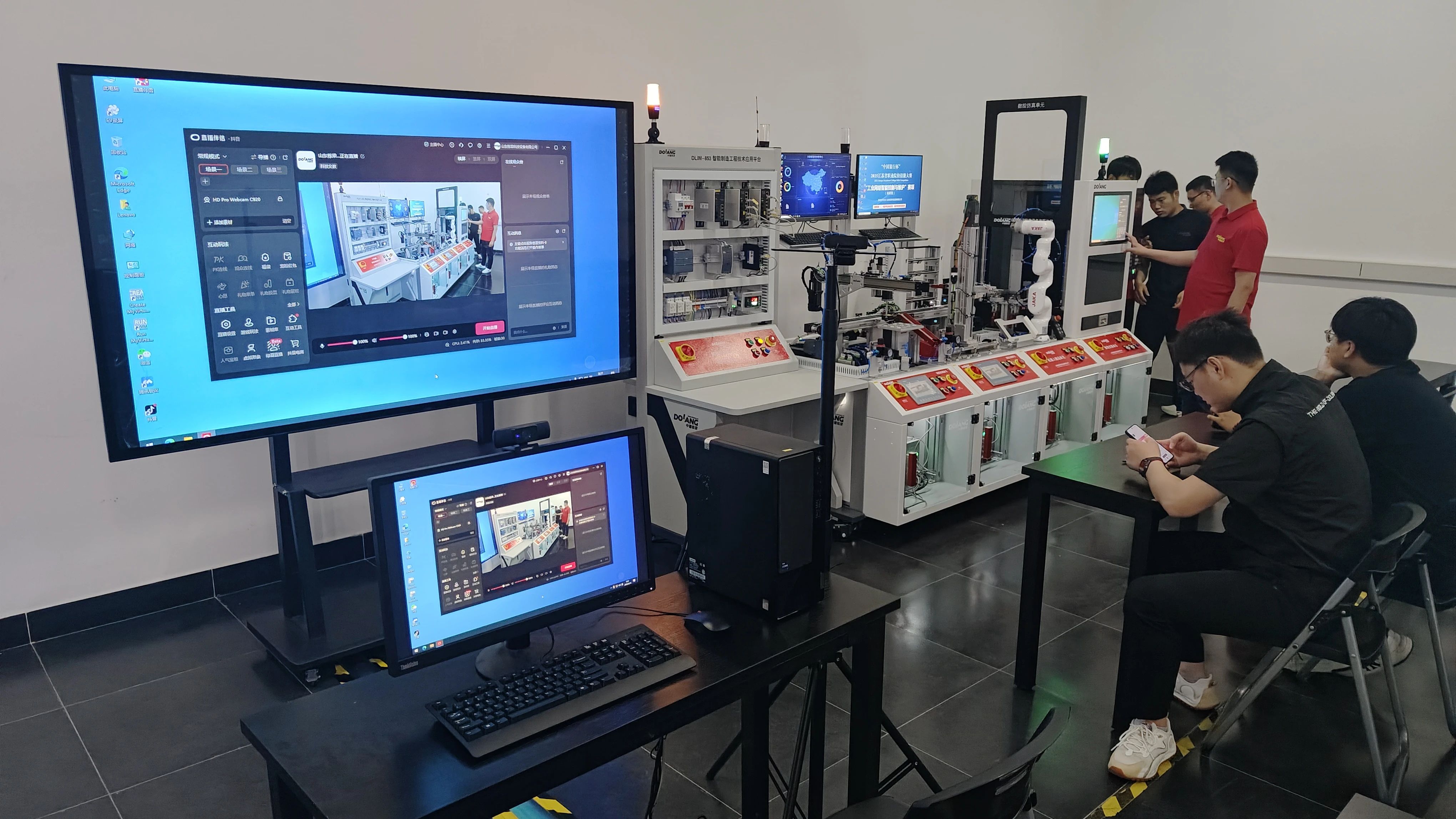
This training adopts an online and offline linkage mode, breaking geographical limitations and expanding the scope of knowledge dissemination. Through the live broadcast of "Shandong Dolang Science and Technology Equipment Co., Ltd." Tiktok, nearly 600 people watched it online, and the comment area interacted enthusiastically to achieve efficient dissemination of technical knowledge; Set up 20 free training seats offline, and trainees can complete simulated operations and learning in real industrial scenarios on the DLIM-853 intelligent manufacturing engineering technology application platform.
·The "hardcore" support for intelligent manufacturing training on DLIM-853 platform
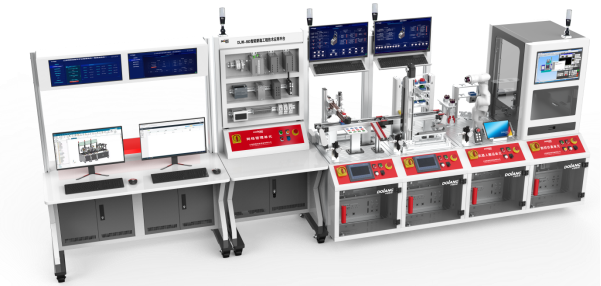
The DLIM-853 Intelligent Manufacturing Engineering Technology Application Platform, through the combination of "full process intelligence+modular design+virtual real linkage+industrial level configuration" technology, not only provides universities with a highly simulated intelligent manufacturing training environment, but also cultivates students' ability to solve complex engineering problems through open architecture and industrial level technology docking, helping to cultivate "new engineering" talents and industrial technology innovation in the field of intelligent manufacturing.
-Technical highlights
1. Modular and flexible design: Modular units include independent modules such as network management unit, assembly and testing unit, intelligent warehousing unit, robot handling unit, CNC simulation unit, etc., supporting single station operation or multi station combination to meet the needs of different teaching or production scenarios. Secondary development support: Open interfaces support user-defined function extensions, adapting to diverse innovative needs.
2. Intelligence and automation technology digital twin and virtual real linkage: Integrated with Siemens Tecnomatix digital twin simulation software, supporting virtual debugging and real-time linkage of physical devices, reducing trial and error costs. Industrial visual inspection: Equipped with a 3.2 megapixel industrial camera, it achieves intelligent recognition and sorting of workpiece shape, color, and angle. Intelligent warehouse management: Three axis robotic arm combined with RFID technology to achieve automatic material inbound and outbound and warehouse inventory.
3. Industrial grade hardware configuration: Siemens industrial grade controller: S7-1200 PLC and KTP700 touch screen, ensuring high-precision control and stable operation. Collaborative robot technology: Mini2 collaborative robot has a load of 2kg, supports quick change fixtures, and is suitable for flexible production scenarios.
-Technical advantages
1. A skill development system that meets the needs of the industry
More than 50 training tasks (such as PLC programming, industrial network configuration, robot debugging, digital twin simulation, MES system application) are provided, covering emerging technology fields such as industrial Internet and intelligent manufacturing, and meeting the needs of intelligent manufacturing engineering technicians, industrial Internet operation and maintenance and other posts.
Supporting the "Pillar Golden Course" digital practical teaching platform, practical training guides, example programs, and virtual simulation resource packages, reducing the difficulty of teaching implementation and helping to cultivate compound skilled talents.
2. Industrial grade hardware and software ecosystem
The core components adopt brands such as Siemens (PLC S7-1200, frequency converter), Hikvision (industrial camera), and Universal (industrial switch) to ensure equipment reliability and long life cycle.
The software ecosystem covers TIA Botu (PLC programming), MES system (production management), Dolang Creation Cloud Platform (remote operation and maintenance), and CNC programming operation platform RMVM (digital twin), forming an integrated solution of "hardware+software+data+simulation".
3. High cost-effectiveness and long-term applicability
One stop solution: One device integrates multiple technical modules, avoiding the cost redundancy of purchasing multiple devices and reducing the threshold for building university laboratories.
Technology foresight: integrating cutting-edge technologies such as intelligent vision, intelligent robots, industrial Internet, edge computing, digital twins, etc., to ensure that equipment does not lag behind the pace of industrial upgrading in 5-8 years, and protect the value of user investment.
The successful holding of this training marks the deepening of cooperation between Dolang and Siemens in the field of intelligent manufacturing education, and injects new momentum into the high-quality development of China's manufacturing industry. In the future, both sides will continue to deepen cooperation, continuously optimize training content and forms, and strive to cultivate more high-quality technical talents that meet the needs of the intelligent manufacturing era.


